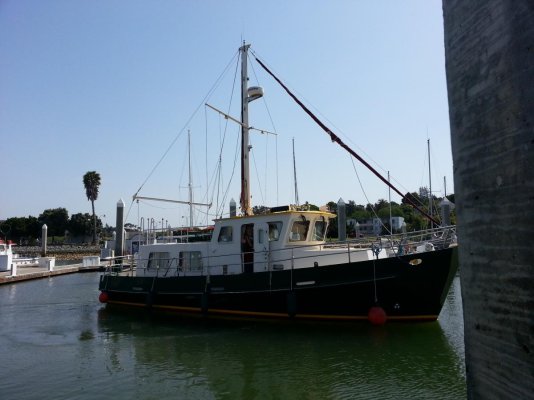In your opinion, what's the ideal length?
I know there are tons of variables that might take this in all sorts of directions....
but a post in another thread about dream boats put this question in mind....
My thought...where is the trade-off mark....
If I'd want a boat to cruise with my wife, but I'd want the ability to handle her by myself if needed or occasionally...or even if just for single handed watches.
AND considering that marinas charge by the foot
AND we'd want something wide enough and laterally stable enough for comfort
AND long enough to offer reasonable speed and good longitudinal stability
etc.....
I know there are tons of variables that might take this in all sorts of directions....
but a post in another thread about dream boats put this question in mind....
a paid for trawler, mid 30 to lower 40 ft.
I have a 34/36 AT, not paid for (my choice)
Too many modifications to start over.
Should have started with a 41/43 but, that's hindsight.
My thought...where is the trade-off mark....
If I'd want a boat to cruise with my wife, but I'd want the ability to handle her by myself if needed or occasionally...or even if just for single handed watches.
AND considering that marinas charge by the foot
AND we'd want something wide enough and laterally stable enough for comfort
AND long enough to offer reasonable speed and good longitudinal stability
etc.....


